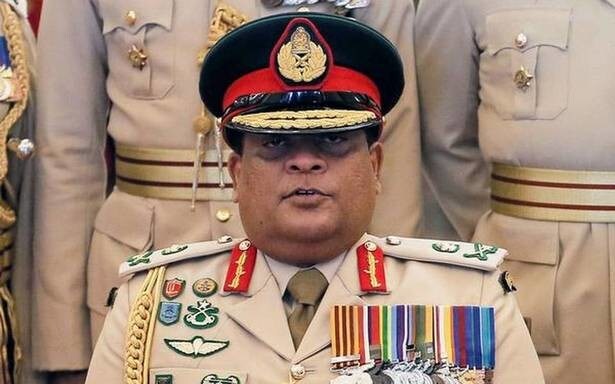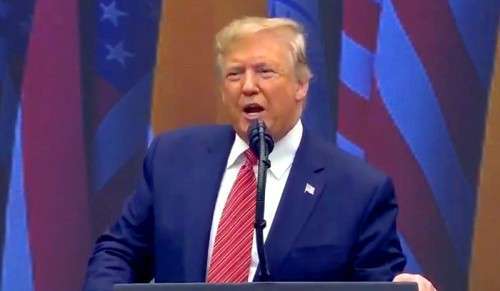 WASHINGTON: Apparently buoyed by its high strike rate on terror, the US spy agency CIA is seeking to expand its drone fleet to sustain the lethal campaigns in Pakistan, Yemen and emerging al-Qaeda threats in North Africa.
WASHINGTON: Apparently buoyed by its high strike rate on terror, the US spy agency CIA is seeking to expand its drone fleet to sustain the lethal campaigns in Pakistan, Yemen and emerging al-Qaeda threats in North Africa.
CIA has sought approval from the White House for the move that would extend the spy service’s decade-long transformation into a paramilitary force, The Washington Post reported quoting US officials.
The bolstering of CIA’s armed and stealth drone fleet comes as officials said that the agency was continuing to search for Osama bin Laden’s successor Ayman al-Zawahiri and the top rungs of the Haqqani network in Pakistan.
The proposal by CIA Director David Petraeus if approved could add as many as 10 drones, the officials said, to CIA inventory that has ranged between 30 and 35 over the past few years.
Officials said the outcome has broad implications for counter-terrorism policy and whether the CIA gradually returns to being an organization focused mainly on gathering intelligence, or remains a central player in the targeted killing of terrorists abroad.
The Post said that it was shortage of drones which had forced CIA chief to shift drones from Pakistan to Yemen to hunt for Anwar Al-Awlaki, a US-born cleric linked to al-Qaeda who was killed in a drone strike.
But once the prized militant was killed CIA shifted the drones back to Pakistan, with officials pointing out that there was no cut back on drone patrols in Pakistan, despite the killing of bin Laden and dwindling number of targets.
The expansion, the officials said, would enable the spy agency if directed, to shift aircraft to emerging al-Qaeda threats in North Africa or other trouble spots. The officials said the move reflects concern that political turmoil across the Middle East and North Africa has created new openings for al-Qaeda and its affiliates.
“With what happened in Libya, we’re realizing that these places are going to heat up,” the official said, referring to the September 11 attack on a US diplomatic outpost in Benghazi. No decisions have been made about moving armed CIA drones into these regions, but officials have begun to map out contingencies. “I think we’re actually looking forward a little bit,” the officials were quoted as saying by the Post.
Presently, the CIA carries out its operations in Yemen with aircraft borrowed from the US Joint Special Operations Command.
The CIA’s request for more drones indicates that Petraeus has become convinced that there are limits to those sharing arrangements and that the agency needs full control over a larger number of aircraft.
The US military’s fleet dwarfs that of the CIA. A Pentagon report issued this year counted 246 Predators, Reapers and Global Hawks in the Air Force inventory alone, with hundreds of other remotely piloted aircraft distributed among the Army, the Navy and the Marines.
The CIA also maintains a separate, smaller fleet of stealth surveillance aircraft. Stealth drones were used to monitor bin Laden’s compound in Abbottabad, Pakistan. Their use in surveillance flights over Iran’s nuclear facilities was exposed when one crashed in that country last year.
Any move to expand the reach of the CIA’s fleet of armed drones probably would require the agency to establish additional secret bases. The agency relies on US military pilots to fly the planes from bases in the southwestern United States but has been reluctant to share overseas landing strips with the Defense Department.
CIA Predators that are used in Pakistan are flown out of airstrips along the border in Afghanistan. The agency opened a secret base on the Arabian Peninsula when it began flights over Yemen, even though JSOC planes are flown from a separate facility in Djibouti. -PTI






